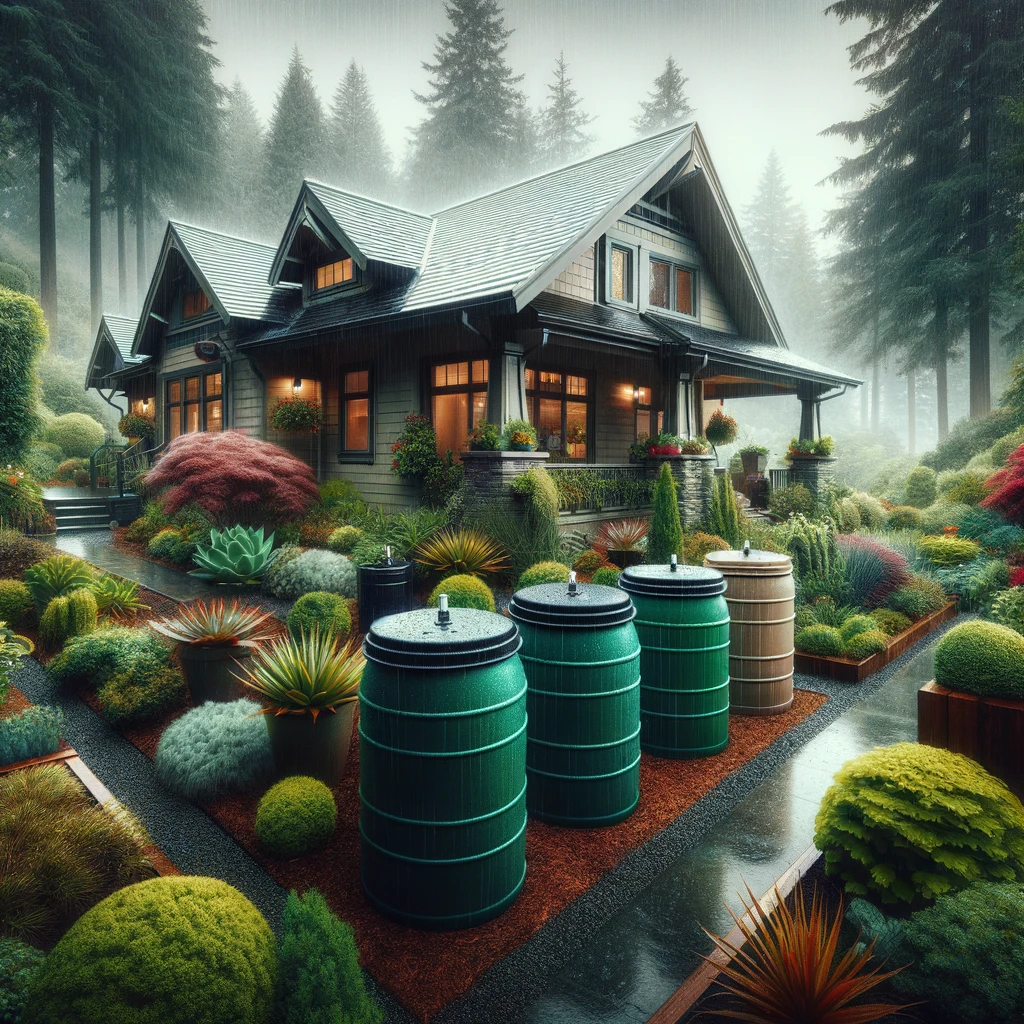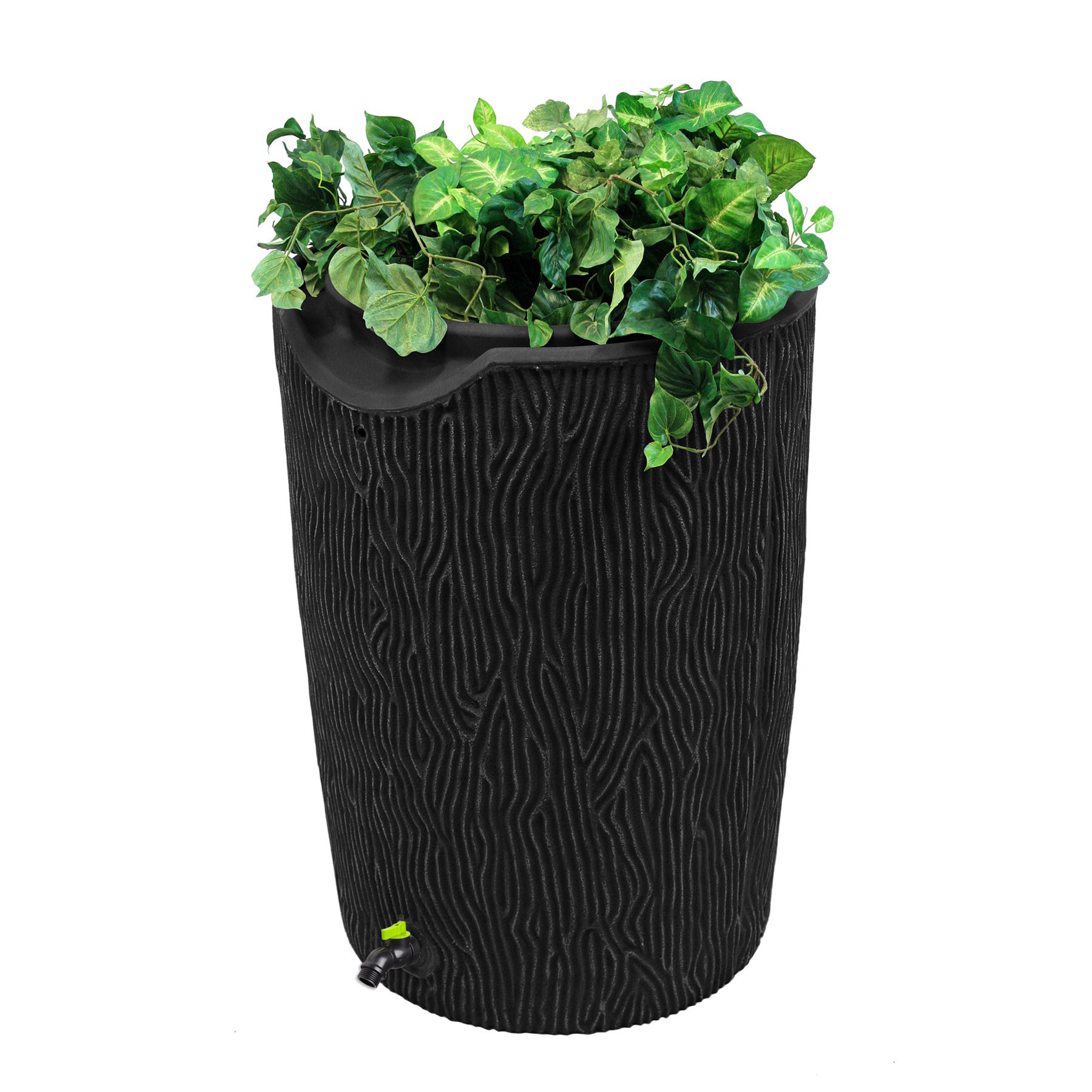Water, a life-sustaining element, can harbor unseen threats in the form of contaminants that compromise its purity and safety. Understanding the hazards lurking in our water sources underscores the importance of deploying a reliable home filtration system. Let’s delve into the hazardous contaminants found in water and explore the significance of a cost-effective DIY filtration solution.
Common Contaminants in Water:
- Pesticides and Herbicides: The prevalence of pesticides like atrazine and herbicides in water systems poses health risks, even in minute concentrations. Their presence in water has been linked to various health issues, including cancer and hormonal disruptions.
- Bacteria and Pathogens: Water sources can carry harmful bacteria like E. coli, presenting serious gastrointestinal threats upon consumption. Pathogens often enter water systems through untreated sewage or agricultural runoff.
- Pharmaceuticals and Chemicals: The infiltration of pharmaceuticals and synthetic chemicals into water is a growing concern. These substances, including antibiotics and mood stabilizers, are often not effectively filtered out by conventional treatment plants.
- Heavy Metals (e.g., Lead, Arsenic): Heavy metals like lead and arsenic seep into water supplies, primarily from old infrastructure, industrial waste, or natural deposits. Prolonged exposure to these metals can lead to severe health complications.
- Fluoride and Chlorine: While added to water for sanitation purposes, excess fluoride and chlorine can have adverse health effects when consumed in high concentrations.
Health Implications of Water Contaminants:
- Cancer Risk: Certain contaminants like pesticides and heavy metals are linked to increased cancer risks upon long-term exposure.
- Reproductive and Developmental Issues: Endocrine-disrupting chemicals found in water can interfere with hormonal balance, impacting reproductive health and fetal development.
- Gastrointestinal Disorders: Consumption of water contaminated with bacteria and pathogens can lead to severe gastrointestinal illnesses.
- Neurological Complications: Heavy metals like lead and arsenic pose neurological risks, particularly in young children and pregnant women.
Importance of DIY Filtration Systems:
The prevalence of these contaminants underscores the significance of deploying a home water filtration system. A DIY filtration system, crafted affordably within a $200-300 budget, ensures a constant supply of clean and safe drinking water without relying solely on traditional water treatment plants.
Building Your DIY Filtration System:
Constructing a DIY filtration system is achievable with basic materials like food-grade buckets, activated carbon, gravel, and fine mesh cloth. This cost-effective solution allows for customization based on specific water quality concerns and ensures access to clean water for consumption and daily use.
Advantages of a DIY Filtration System:
- Affordability: A cost-effective alternative to commercial filtration systems.
- Customization: Tailoring the system to address specific water contaminants.
- Sustainability: Reducing reliance on single-use plastic filters and contributing to environmental conservation.
By creating a DIY home water filtration system, individuals gain control over their water quality, safeguarding themselves against hazardous contaminants while ensuring access to safe drinking water.
Crafting Your Own Cost-Effective DIY Home Water Filtration System
Crafting your own home water filtration system can ensure a constant supply of clean and safe drinking water without breaking the bank. Let’s dive into creating an efficient DIY filtration system within a reasonable budget of $200-300.
What You’ll Need:
- Two Food-Grade Buckets (5-gallon each): These will serve as the primary containers for your filtration setup.
- Drill with Drill Bits: Required for making holes in the buckets.
- Activated Carbon: Acts as the primary filtering agent, effectively removing impurities and odors from the water.
- Fine Gravel or Sand: Helps in removing larger particles and sediments.
- Fine Mesh Cloth or Coffee Filters: Used as additional filtration layers.
- Spigot or Faucet: Essential for dispensing filtered water.
- Silicone Sealant or Caulk: Ensures a watertight seal for the system.
Assembly Steps:
- Prepare the Buckets: Drill a series of small holes in the bottom of one bucket. This will serve as the top bucket in the system. The second bucket remains unaltered for the time being.
- Layer the Filtration Materials:
- Place a layer of fine mesh cloth or coffee filters at the bottom of the bucket with drilled holes.
- Add a layer of activated carbon on top of the cloth, followed by a layer of fine gravel or sand.
- Continue layering in the same order until the bucket is nearly full, leaving some space at the top for water.
- Secure the Layers: Cover the layered materials with another piece of mesh cloth or coffee filter to prevent shifting.
- Assemble the Filtration System:
- Place the unaltered bucket beneath the one with the filtration materials.
- Securely stack the buckets, ensuring a snug fit.
- Install the Spigot: Drill a hole near the bottom of the bottom bucket and install the spigot using silicone sealant or caulk to prevent leaks.
- Test and Fill: Pour water into the top bucket and allow it to filter through the layers. Test the spigot to ensure the filtered water flows steadily.
Maintenance:
- Regularly replace the activated carbon and clean the layers to maintain optimal filtration.
- Ensure all parts remain sealed to prevent any leakage.
Benefits of Your DIY Filtration System:
- Affordability: Building your filtration system within a budget allows cost-effective access to clean water.
- Customizability: Adjust layers and materials according to your specific water quality concerns.
- Self-Sufficiency: You’ll have control over your water quality without relying on expensive commercial systems.
Creating a DIY home water filtration system not only guarantees access to clean water but also empowers you to take charge of your health and well-being without burning a hole in your pocket.


